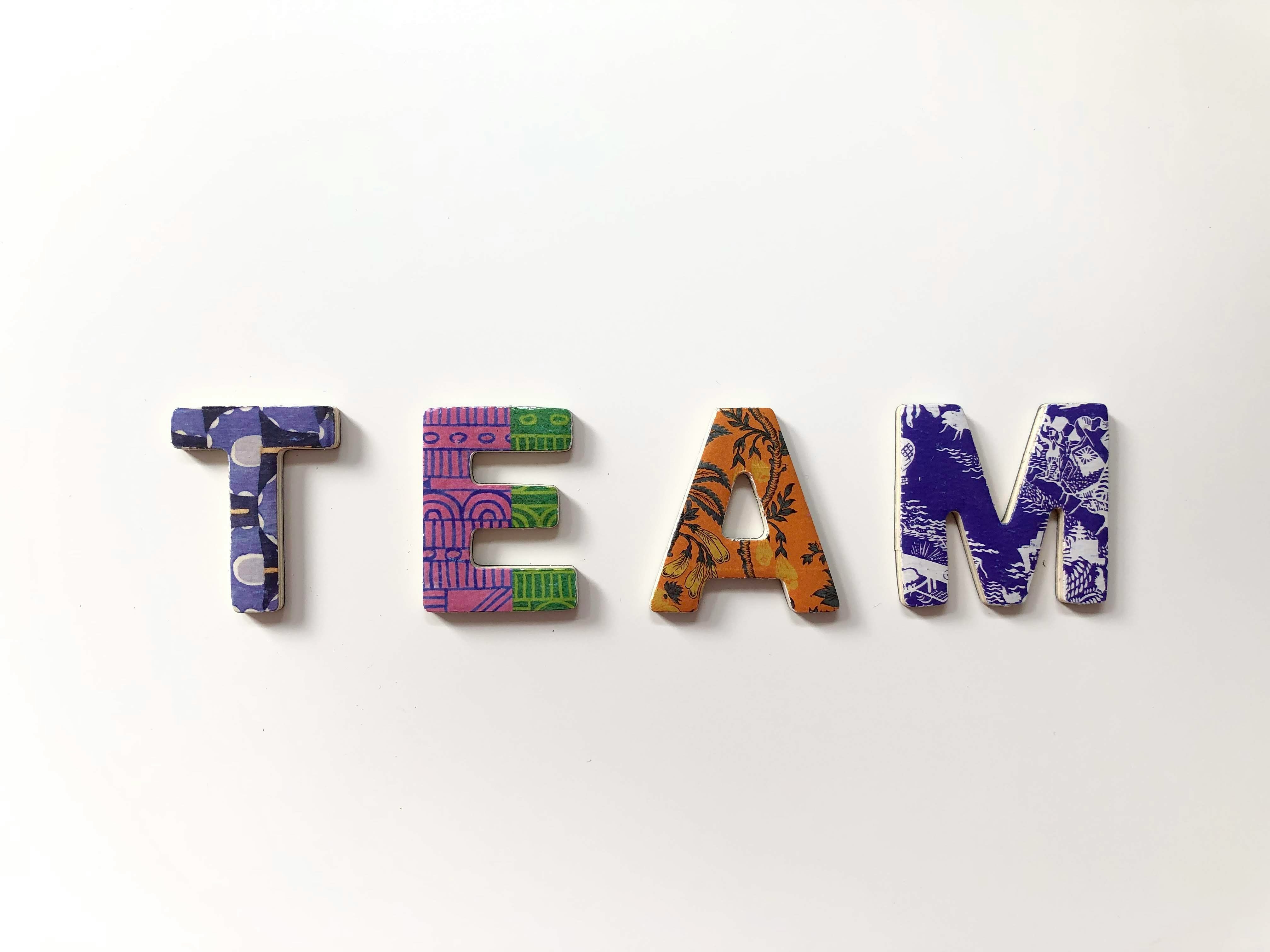Related Jobs
View all jobsMechanical Design Engineer for Digital Engineering Transformation
Demand Planning Manager
Senior Supervisor
Engineering Technician - Moulding
PLM Consultant
Subscribe to Future Tech Insights for the latest jobs & insights, direct to your inbox.
Industry Insights
Discover insightful articles, industry insights, expert tips, and curated resources.

Why Robotics Careers in the UK Are Becoming More Multidisciplinary
Robotics used to be the domain of mechanical, electrical and software engineers. In the UK today, robotics is more than motors and control loops — it’s about perception, interaction, trust, regulation and integration into human environments. That evolution means robotics careers are becoming more multidisciplinary. Modern robots interact with people, collect data, operate under constraints, and often assist in safety-critical environments (healthcare, manufacturing, transport). So engineers now collaborate closely with legal, ethical, psychological, linguistic and design experts. In this article, we explore why UK robotics careers are evolving into multidisciplinary roles, how law, ethics, psychology, linguistics & design intersect with robotics, and how job-seekers and employers can adapt to this shift.

Robotics Team Structures Explained: Who Does What in a Modern Robotics Department
Robotics is transforming manufacturing, healthcare, logistics, agriculture, entertainment and more. In the UK, advances in robotics span autonomous mobile robots (AMRs), robotic arms, surgical robotics, drone systems, human-robot interaction, and collaborative robots (cobots). Building effective robotics systems requires not only strong hardware and software, but also finely coordinated teams with clear roles from research through deployment and maintenance. If you’re a candidate applying for robotics roles or an employer hiring through RoboticsJobs.co.uk, this guide will help you understand who does what in a mature robotics department, how the lifecycle of a robotics product works, what skills and qualifications UK employers typically expect, what salaries look like, common challenges, and best practices for structuring teams that deliver.

Why the UK Could Be the World’s Next Robotics Jobs Hub
Robotics is reshaping industries—manufacturing, health care, agriculture, logistics, and beyond. From industrial robots assembling vehicles to surgical robots assisting complex procedures, and from drone deliveries to autonomous inspection systems, the boundaries of what robots can achieve are expanding daily. With rising demand for automation, productivity, and intelligent systems, organisations both public and private are investing heavily in robotics technologies. This surge in adoption has triggered increased demand for professionals skilled in robotics engineering, AI-enabled control systems, hardware design, and integration. The United Kingdom possesses the essential components to become a global robotics jobs hub: world-class research institutions, innovative robotics firms, strong industrial bases, and supportive policy frameworks. This article explores why the UK is well-positioned, where demand is growing, the career paths emerging, and what must occur to fully establish robotics as a powerhouse in UK employment.